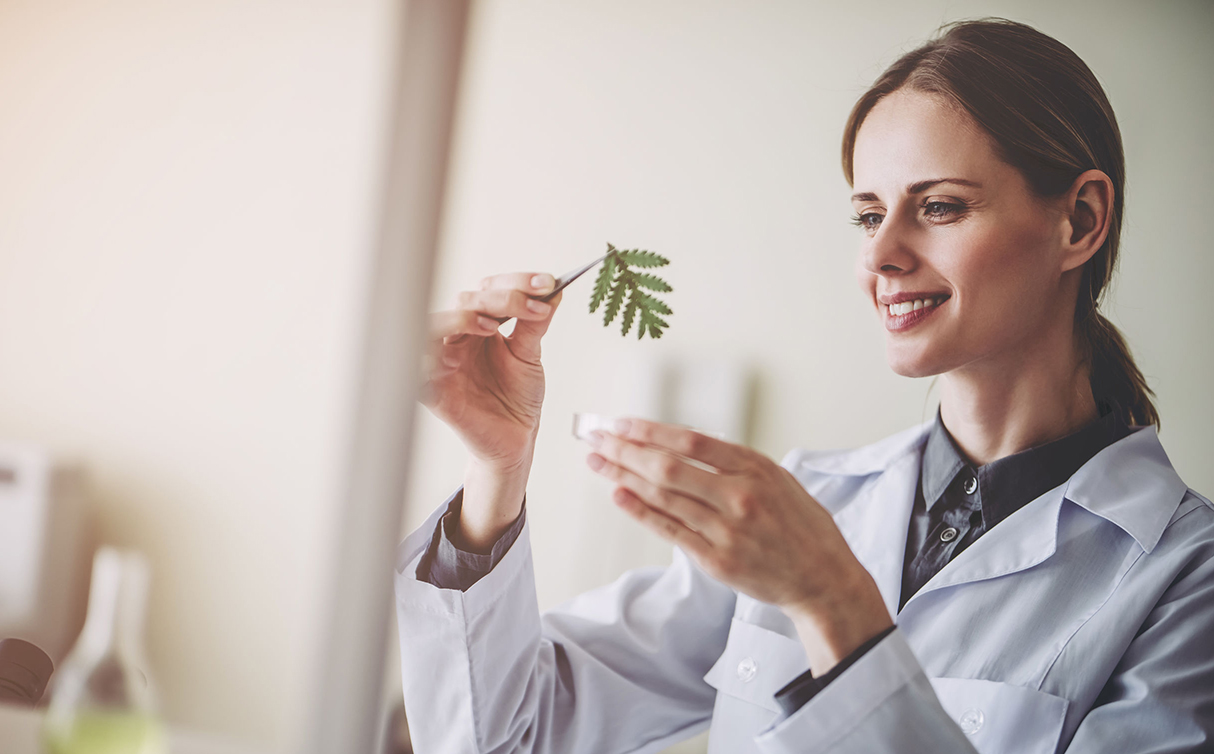What is a registered trademark?
In Law terms, "trademark" means "any sign able of being represented graphically (...) capable of distinguishing the goods or services of one company from those of others. » (1)
It must have specific and functional characteristics that make it unique and therefore different from other companies. Among the conditions that a trademark must meet to be registered is novelty. The Trade mark Law of the UK stipulates that:
“The company name may not qualify as a trade mark because, for example:
- It is not considered distinctive
- It is a descriptive word or term
- It may indicate geographical origin
- It may already be registered in someone else’s name”
How to understand when a trademark is registered?
The ® (Registered) may appear next to a trademark that has already been registered and has therefore been accepted for all purposes. A trademark is only considered legit after registration in a special register by the competent authorities (UIBM, WIPO, UAM, etc.).
For instance, it differs from the TM (trademark) symbol that is normally used for non- registered trademarks, i.e. those that have applied for registration but have not yet been registered. However, the R symbol is often used even in the case of a trademark at the filing stage.
Why are some raw materials registered?
The registration of a trademark guarantees legal protection against competitors who attempt to use the same or excessively similar trademark. Registration confers exclusive rights of use on countries of interest for a period of 10 years (renewable indefinitely). This is essential to create a monopoly on your own brand and thus prohibit its use by third parties, but also to be able to defend it against possible counterfeiting on the market.
In the specific case of raw materials for food supplements, they are registered because:
- There are scientific studies on this particular raw material that show that it is of higher quality than other similar ingredients;
- These are particularly stable variants, a fundamental characteristic to have a longer shelf life;
- Unique harvesting methods or production processes are used;
- They are grown in areas with a registered designation of origin (for example, in Champagne).
What are the registered raw materials we use?
VitaMK7® (Vitamin K2) from Italy

As we have already seen in our article on vitamin K, there are natural forms (vitamin K1 of vegetable origin and vitamin K2 of bacterial origin) and synthetic forms (vitamin K3) of vitamin K.
VitaMK7® is an active form of vitamin K2 extracted from Natto (natural fermentation of the Bacillus subtilis bacteria). The MK-7 form, compared to the MK-4 form, is currently considered the best because it is more bioavailable and circulates longer in the blood.
In addition, VitaMK7® guarantees maximum purity (all trans > 99%) and a total absence of impurities. Indeed, in its other form, cis, vitamin K2 MK7 is almost totally ineffective and useless because, because of its geometric orientation, it is not able to combine the enzymes that give vitamin K the benefits for which it is famous.
Quatrefolic® (active folic acid) from Italy

For our Vitamin B12 Plus, we use Quatrefolic®, an active form of folic acid: 5-methyltetrahydrofolate (5-MTHF). Other forms of folic acid are not normally biologically active and must be transformed before they can be used by the body (2).
In addition, some individuals, due to their genetic characteristics, cannot convert folic acid to its active form 5-MTHF because they do not produce an adequate amount of the enzyme involved in folate transformation. This form is particularly useful for people with this deficiency.
In our article on vitamin B12, we explain why it is important that an active form of all ingredients be taken.
CarniPure® (L-Carnitine) from Switzerland

Carnipure® is a form of high-purity L-carnitine tartrate produced by Lonza in Switzerland. This raw material consists of 68% L-carnitine and 32% L-tartaric acid, which is the highest concentration of L-carnitine of any other non-hygroscopic salt form currently available on the market. It is also considered to be a particularly stable form of L-carnitine.
Numerous scientific studies on the integration of Carnipure® tartrate have shown positive results in sports performance and weight control (3).
Rhodiolife® (Rhodiola Rosea) from Siberia
.png) $
$
Rhodiolife® is an extract of Rhodiola Rosea from a sustainable crop and uses technologies that preserve the natural phytochemical profile of bioactive compounds. It is grown in the Altaj region of Siberia, where this plant is naturally growing.
Each extract, thanks to a standardised production process subjected to numerous controls, has the same phytochemical composition: it is titled to 3% rosavin and 1% salidroside (4).
Rodiola's roots are also harvested in a sustainable way: only roots over 5 years old are selected and only 50% of them are harvested by hand. This shows two advantages: on one hand, the phytocomplex is richer in functional substances than younger plants and, on the other hand, it guarantees the preservation of the plant. In addition, the roots are harvested in the same area only every 5 years to allow Rhodiola's crops to grow back: the environmental impact is therefore minimal.
KWD+ ® (Actinidia deliciosa L.) from New Zealand

We use kiwi extract in addition to the digestive enzymes Papain and Bromelain in our supplement developed to facilitate digestion. Kiwi is a proteolytic fruit because it is rich in actinidine. This natural enzyme is able to break down a wide range of proteins faster than our digestive enzymes can do alone (5).
It is therefore important that the actinidine content be standardized. In the case of KWD+®, a titration of 0.15% is guaranteed. This special raw material also contains Aktinnamics®, hydroxycinnamic acids.
(HCA) which would have an anti-inflammatory effect capable of preventing pain during the digestive process.
Affron® (Crocus sativus L.) from Spain

It is the first saffron extract standardized in Lepticrosalides® (3.5%), the bioactive compounds that promote relaxation, mental and physical balance and maintain a normal mood. Among the other substances present in the phytocomplex, the content of Affron® in saffron is greater than 2% UV.
References:
1. La définition de ce qu'est une marque est contenue dans l'art. 7 du Code de la propriété industrielle (https://www.brocardi.it/codice-della-proprieta-industriale/capo-ii/sezione-i/art7.html).
2. http://www.quatrefolic.com/quatrefolic_vs_folic.php
3. http://www.carnipure.com/applications/
4. https://nektium.com/branded-ingredient/rhodiolife/
5. Kaur L., Rutherfurd S.M., Moughan P.J., Moughan P.J., Drummond L., Boland M.J., Actinidin améliore la digestion des protéines dans l'intestin grêle, comme l'a montré un modèle de digestion in vitro, J Agric Food Chem. 2010, 58:5068-73.



